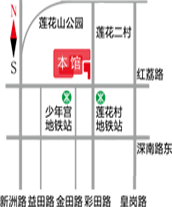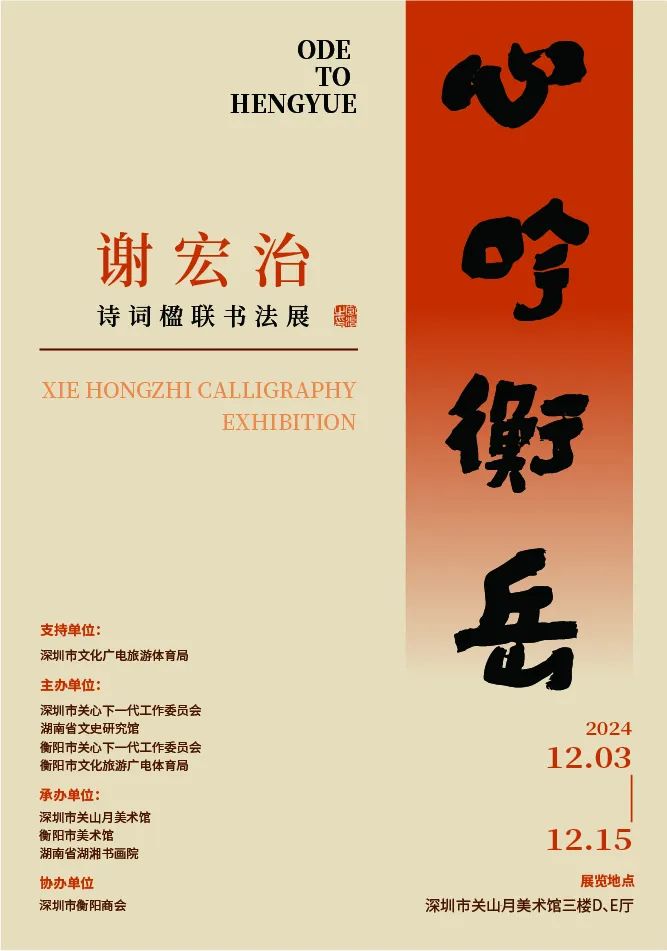
|
New Exhibition | ODE TO HENGYUE at Guan Shanyue Art Museum | Exhibition time:From 2024-12-03 To 2024-12-15 |
| more>> | ||
| Release date: 2025-01-06 |
||
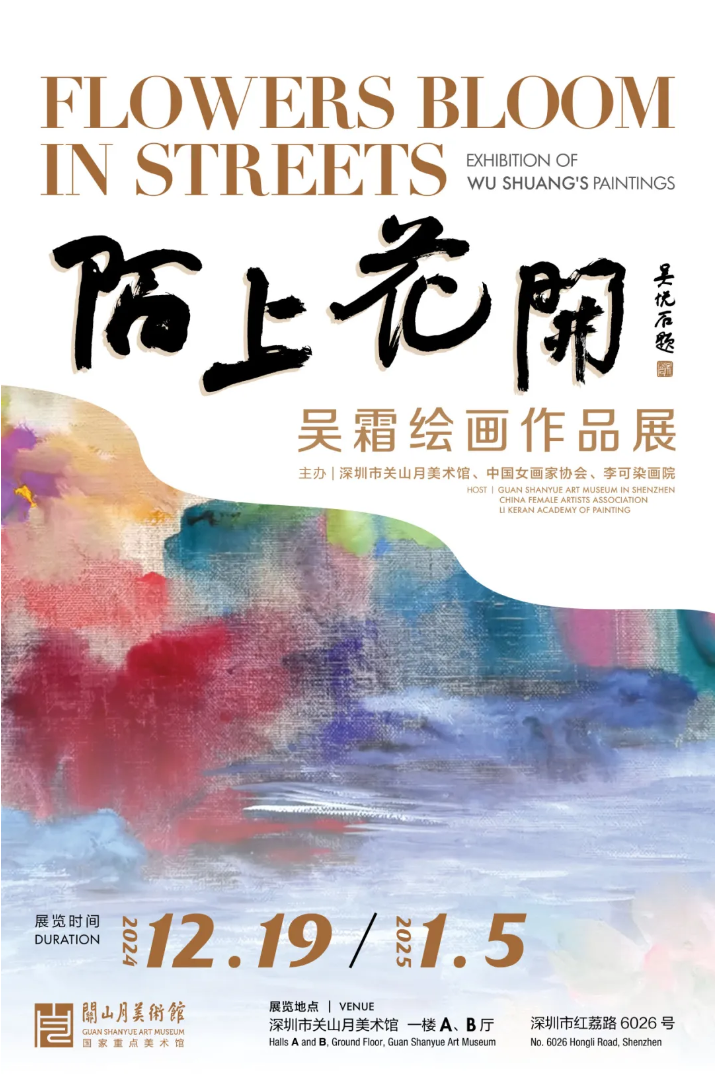
|
New Exhibition Preview: Illusory and Magnificent, Ink and Color Coexist, Witness Flowers Bloom in Streets Through This Artist's Brush... | Exhibition time:From 2024-12-19 To 2025-01-05 |
| more>> | ||
| Release date: 2024-12-17 |
||
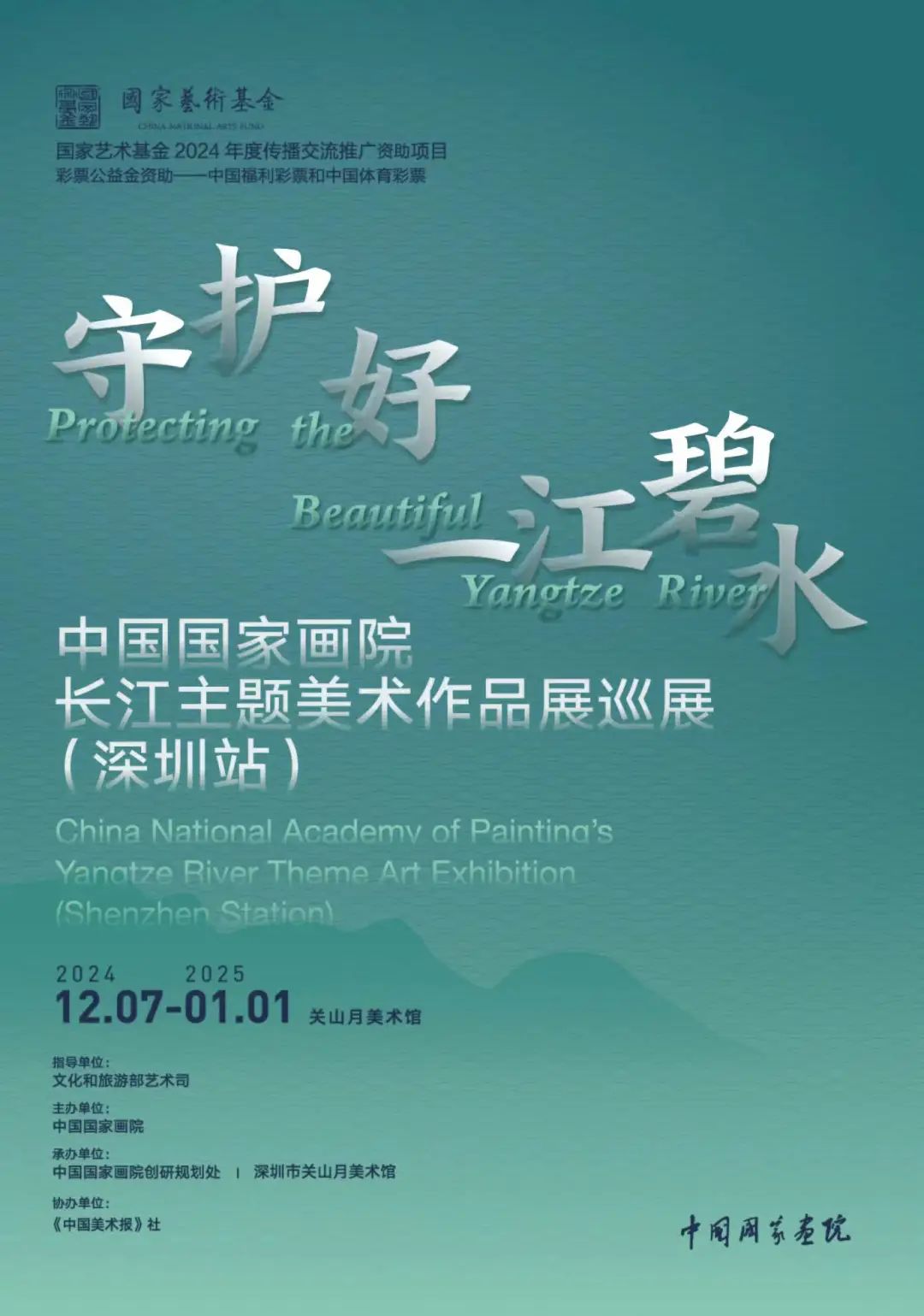
|
Protecting the Beautiful Yangtze River —— China National Academy of Painting's Yangtze River Theme Art Exhibition Touring Exhibition (Shenzhen Station) | Exhibition time:From 2024-12-07 To 2025-01-01 |
| more>> | ||
| Release date: 2024-12-17 |
||
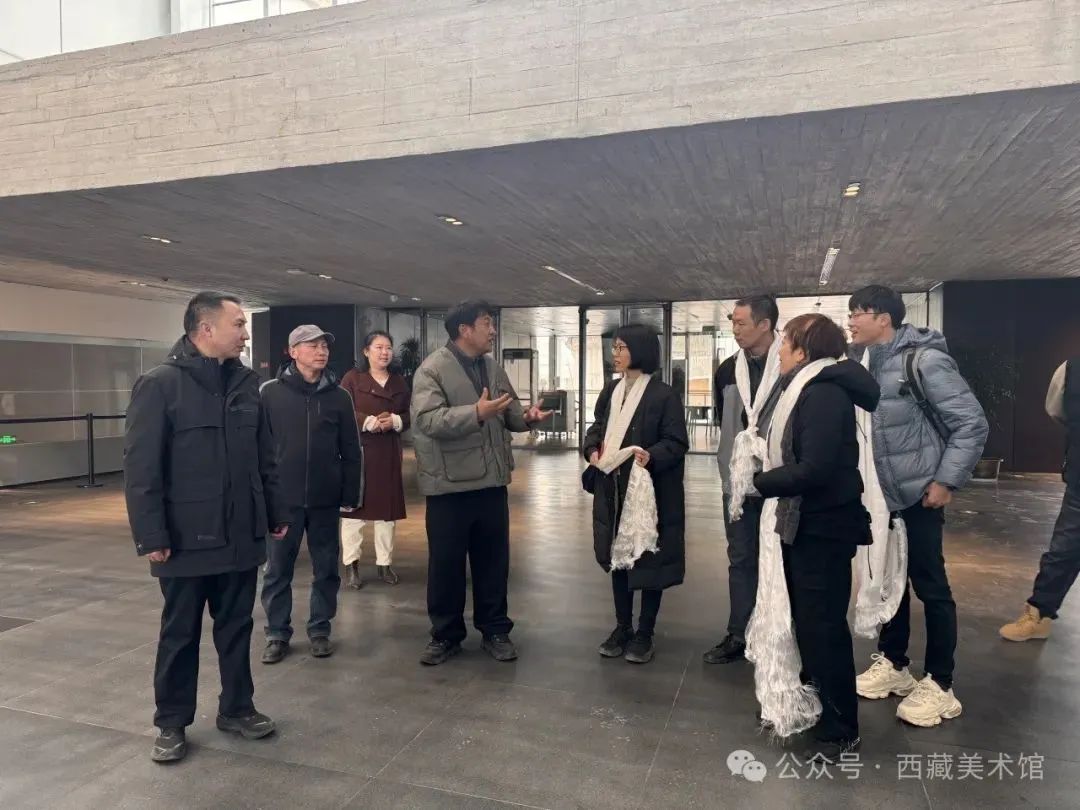
|
Co draw a new chapter in art! Shenzhen Guanshanyue Art Museum went to Xizang Art Museum to carry out inter museum exchange activities | Exhibition time:From 2024-12-09 To 2024-12-17 |
| more>> | ||
| Release date: 2024-12-17 |
||
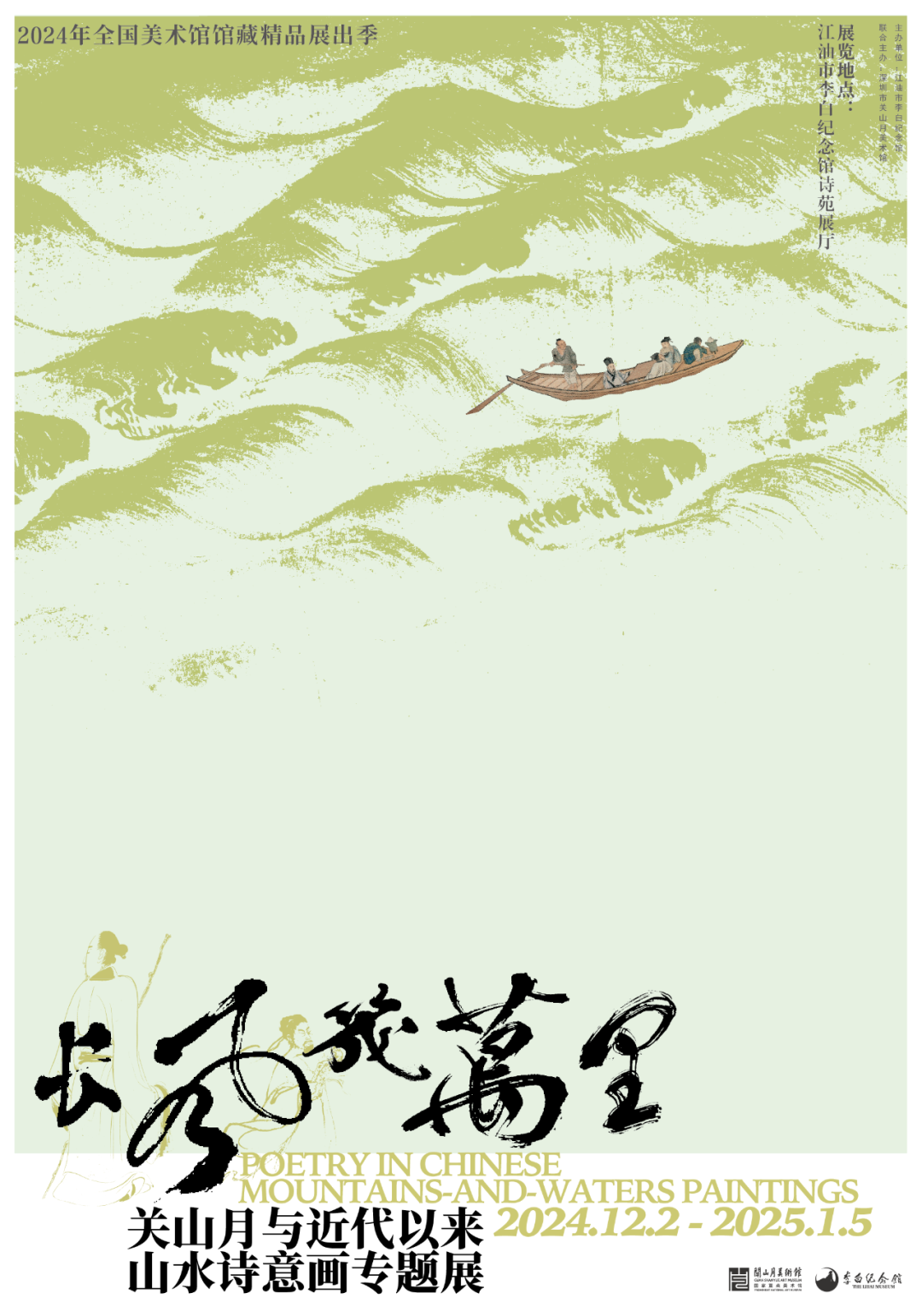
|
Long Wind for Thousands of Miles: Guan Shanyue and Modern Landscape Poetic Painting Special Exhibition (Jiangyou Station) is Coming! | Exhibition time:From 2024-12-02 To 2025-01-05 |
| more>> | ||
| Release date: 2024-12-17 |
||
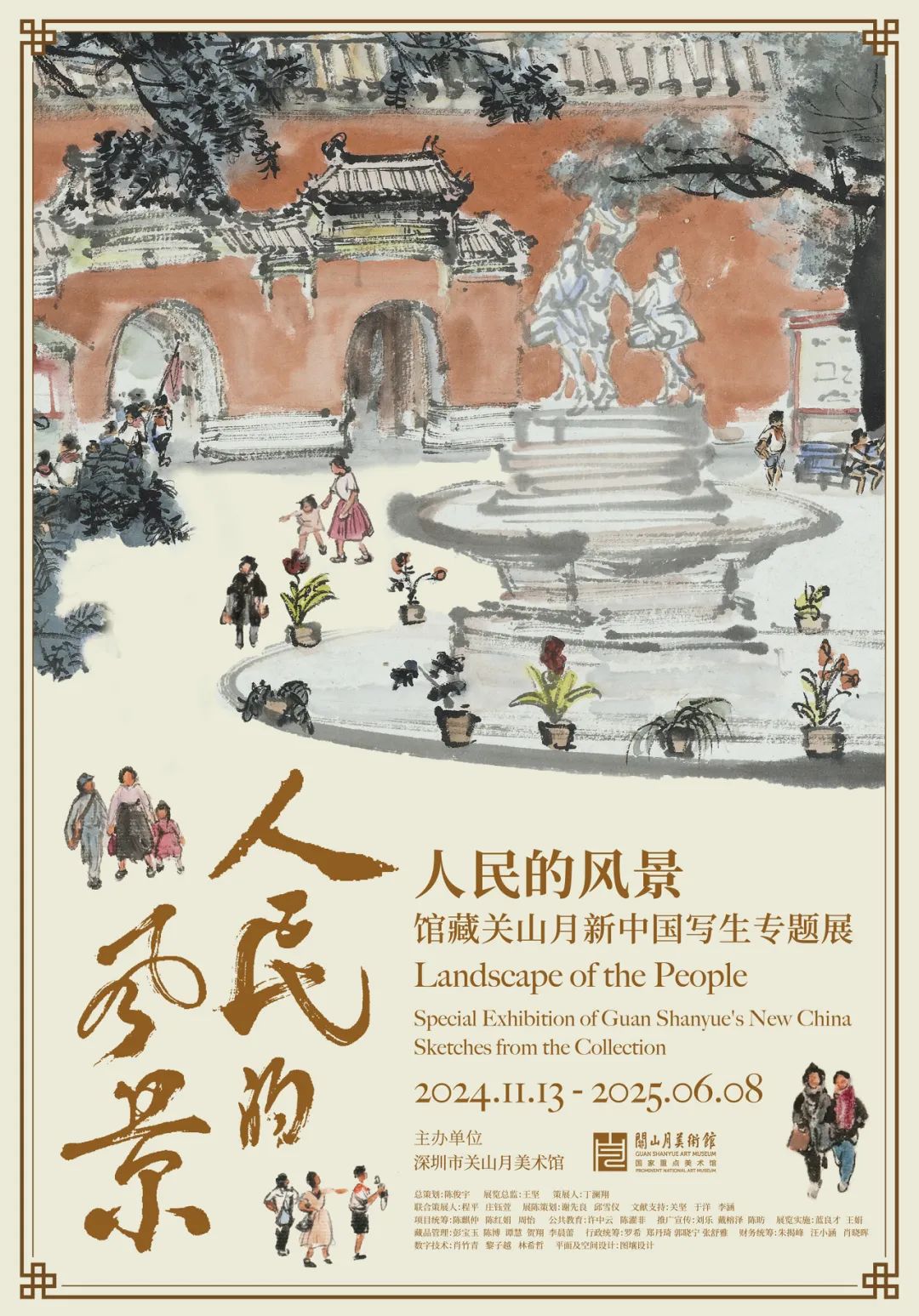
|
Landscape of the People——Special Exhibition of Guan Shanyue's New China Sketches from the Collection | Exhibition time:From 2024-11-13 To 2025-06-08 |
| more>> | ||
| Release date: 2024-12-17 |
||
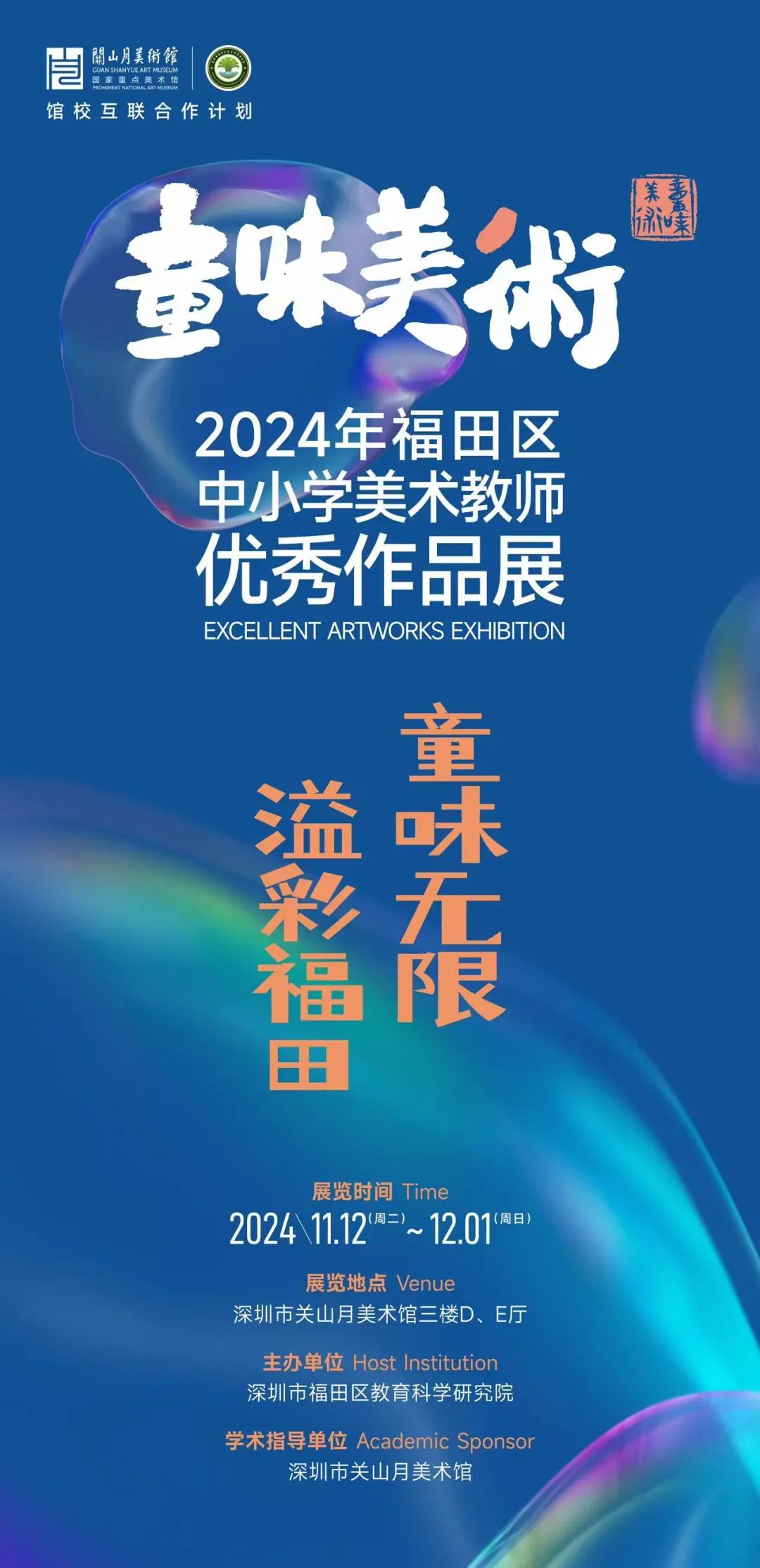
|
Endless Charm of Childhood, Radiant Splendor in Futian! Visit this New Exhibition to Witness the Bloom of "Childlike Charm" → | Exhibition time:From 2024-11-12 To 2024-12-01 |
| more>> | ||
| Release date: 2024-12-17 |
||

|
The works of 11 artists! Experience the poetry and thoughts in the age of artificial intelligence together at this new exhibition → | Exhibition time:From 2024-10-18 To 2024-11-20 |
| more>> | ||
| Release date: 2024-10-12 |
||


